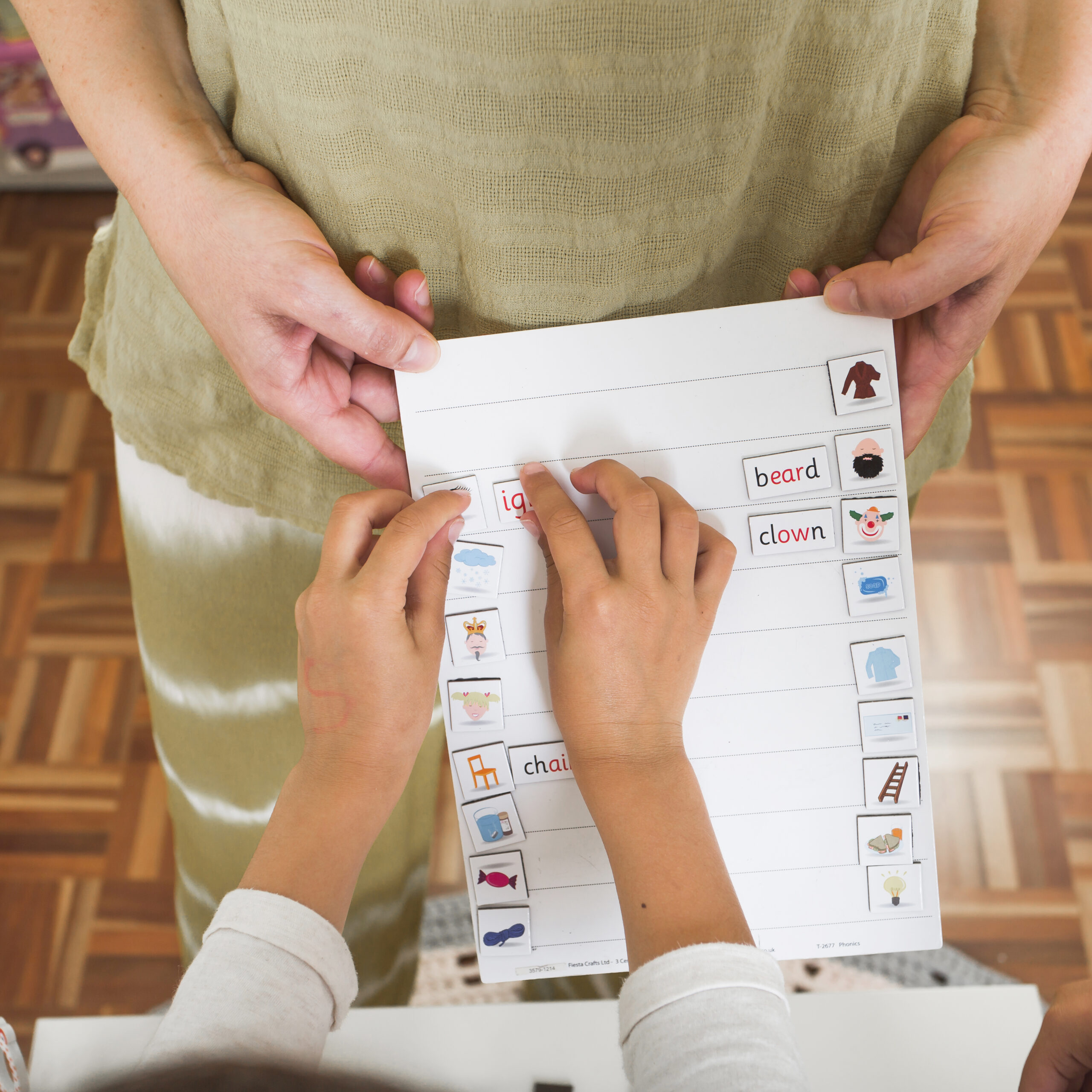In the world of digital reading and storytelling, platforms like Literotica have created vast communities where readers and writers come together to share creative, user-generated stories. One of the most important elements that shape the reading experience on this platform is LiteroticaTags. These tags are not just labels; they serve as a powerful categorization tool that helps users discover stories based on their interests, preferences, and curiosity. For readers, tags make it easier to filter through millions of stories and find exactly what they are looking for, while for writers, they are essential for reaching the right audience. In this article, we will explore what LiteroticaTags are, how they work, their importance in SEO and discoverability, and why they remain central to the storytelling experience on Literotica.
What Are LiteroticaTags?
LiteroticaTags are descriptive keywords or labels attached to stories uploaded on the platform. Much like hashtags on social media or categories on blogs, these tags give context to the type of story being presented. They can include genres, relationship types, themes, and specific elements that readers might be looking for. For instance, someone searching for a particular type of narrative can simply click on the relevant tag and instantly get access to hundreds of stories that fall under the same theme. Without these tags, finding content on such a large platform would be a challenge, making them an indispensable feature for organizing stories.
Why Are LiteroticaTags Important for Readers?
For readers, LiteroticaTags serve as a navigational compass in a massive digital library. When a platform hosts thousands of new stories each month, it can be overwhelming for users to sift through the content without guidance. Tags solve this issue by narrowing down the search and allowing readers to browse through stories based on their exact preferences. This not only enhances the reading experience but also saves time and effort. By following tags, readers can continuously explore similar content that aligns with their interests, ensuring they never run out of stories to enjoy.
The Role of LiteroticaTags for Writers
For writers, LiteroticaTags are not just tools of categorization but also gateways to visibility. A well-written story can remain unnoticed if it is not properly tagged. By applying accurate and relevant tags, writers ensure their content reaches the right audience, increases engagement, and stands a better chance of being recommended to new readers. Tags can also improve discoverability outside the platform, since search engines recognize them and use them to connect users with content. For anyone serious about building an audience on Literotica, using tags strategically is just as important as crafting the story itself.
LiteroticaTags and SEO: How They Boost Discoverability
From an SEO perspective, LiteroticaTags act like mini-keywords. They make stories more searchable within the platform, and in some cases, they also help the stories appear in external search engine results. This is crucial because it extends the reach of a writer’s content beyond Literotica, potentially bringing in new readers who found the story through Google or other search engines. In a digital age where discoverability often determines success, properly using tags can significantly enhance a story’s popularity and reader base.
Common Types of LiteroticaTags
While the exact tags depend on the themes of the story, LiteroticaTags usually fall into several broad categories. These can include:
-
Genre tags (romance, fantasy, drama, adventure)
-
Theme tags (relationships, coming-of-age, power dynamics)
-
Style tags (short story, series, poetry, narrative style)
Each of these tags allows users to quickly identify the type of story they’re about to read. The better the tagging system is used, the more enjoyable the browsing experience becomes for both readers and writers.
How LiteroticaTags Shape the User Experience
The entire reading and writing ecosystem on Literotica thrives on effective categorization, and tags are at the heart of it. They make the platform more user-friendly, more engaging, and more efficient for discovering content. Readers feel empowered to choose their own path through millions of stories, while writers benefit from visibility and audience engagement. Without tags, the platform would lose much of its structure, and both discovery and enjoyment would suffer.
Conclusion
In conclusion, LiteroticaTags are far more than simple labels; they are the backbone of discoverability, organization, and user satisfaction on the Literotica platform. For readers, they create a seamless browsing experience by pointing them toward stories they truly want to read. For writers, they act as a visibility tool that ensures their stories don’t get lost in an overwhelming ocean of content. From an SEO standpoint, tags are essential for expanding reach both within and outside the platform. In a digital age where attention is fragmented, LiteroticaTags play a crucial role in keeping communities engaged, connected, and satisfied with their storytelling journeys.
FAQ About LiteroticaTags
Q1: What are LiteroticaTags used for?
They are used to categorize and label stories so that readers can find content based on themes, genres, or specific elements of interest.
Q2: How do tags benefit readers?
Tags make browsing easier by filtering content according to the reader’s preferences, saving time and improving the reading experience.
Q3: Why should writers use LiteroticaTags carefully?
Accurate tagging ensures that stories reach the right audience, increases visibility, and improves chances of gaining more readers.
Q4: Do LiteroticaTags help with SEO?
Yes, they act like keywords and can improve story discoverability both within Literotica and on external search engines.
Q5: Can tags increase engagement on stories?
Absolutely. Correct tags attract the right readers, leading to more views, interactions, and long-term followers for writers.


